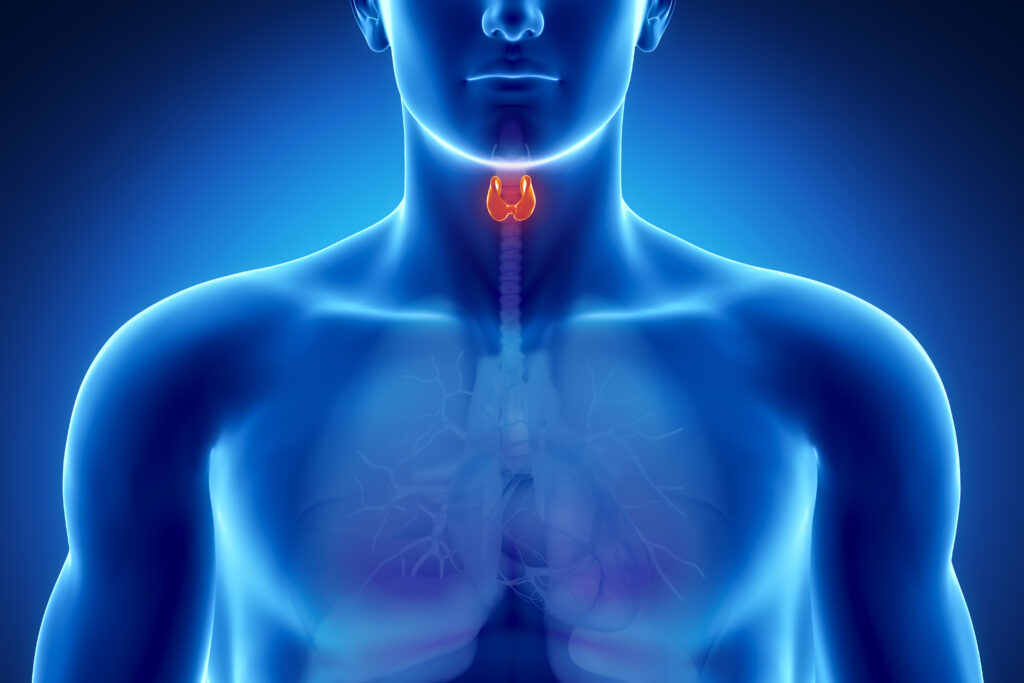It is with great pleasure that we present this latest issue of touchREVIEWS in Endocrinology, which brings together a diverse array of high-quality articles focused on the evolving landscape of endocrine disorders.
The importance of patient-centred care is exemplified in the commentary by Bharti Kalra et al., which discusses the international guidelines for polycystic ovary syndrome (PCOS). This article underscores how evidence-based, personalized approaches can significantly enhance the management of complex conditions like PCOS.
Equally significant is the growing recognition of metabolic dysfunction and its close relationship[ with type 2 diabetes, as explored in our editorial by Damien Leith et al. The authors emphasize the urgent need for effective interventions to combat metabolic dysfunction-associated steatotic liver disease (MASLD), a condition closely linked to rising rates of obesity and diabetes.
New therapeutic avenues are explored in several contributions. Odysseas Violetis and Krystallenia I Alexandraki shed light on the latest trends in treating Cushing’s disease, an area where novel therapies are providing new hope for patients. The review by Safwat A Mangoura et al. on dipeptidyl peptidase-4 inhibitors reveals the wide-ranging benefits of these agents beyond glycaemic control, offering promising new strategies for comprehensive diabetes care.
The field of precision medicine is also expanding, as discussed by Rodolfo A Rey in his editorial on disorders of sex development (DSD). Rey highlights the importance of careful terminology and individualized care in addressing DSD, paving the way for more informed and sensitive patient management.
Notably, the intersection of endocrinology and ophthalmology is examined by Sanjay Kalra et al. in their review of dry eye in diabetes. This work provides critical insights into the often-overlooked eye complications faced by patients with diabetes, especially in the Indian population.
The issue of vitamin B12 deficiency in people with type 2 diabetes on metformin therapy is tackled by Michael Atkinson et al., who explore the risk factors associated with this common yet preventable complication.
ABM Kamrul-Hasan and colleagues evaluate the role of obeticholic acid in nonalcoholic fatty liver disease in their systematic review. This comprehensive analysis sheds light on the therapeutic potential of this farnesoid X receptor agonist.
Weight management and obesity treatments are at the forefront of two crucial reviews: Sulmaaz Qamar et al. explores setmelanotide as a novel therapy for severe obesity due to hypothalamic dysfunction, while Deep Dutta et al. present the promising efficacy of tirzepatide, a dual GIP/GLP-1 receptor agonist, in treating obesity in individuals without diabetes.
In the realm of thyroid disorders, Seyedeh Niloofar Sharafi et al. delve into the diagnostic utility of the Thyroid Imaging Reporting and Data System (TIRADS), offering a forward-looking perspective on its application in clinical settings. Meanwhile, Si Wei David Fan and Leong Tung Ong’s systematic review examines the relationship between hyperthyroidism and heart failure, providing vital information on risk factors in this patient population. Nicholas Householder and Coby Ray review the impact of teprotumumab on proptosis in long-duration thyroid eye disease.
Other important contributions to this issue include original research by Mahima Chillakanti et al. on the use of automated insulin delivery in pregnancies complicated by type 1 diabetes. In addition, the clinical and biochemical profiles of hypercalcaemia in North India, investigated by Aman Kumar et al., offer new insights into this complex condition.
Finally, José Paz-Ibarra et al. present a case of amyloid goiter in a Peruvian case series, adding valuable clinical data to the understanding of this rare condition.
We would like to thank all those who contributed the insightful and informative articles included in this edition. A special thanks also goes to our editorial board for their continuing support and guidance. We are also grateful to all organizations and media partners for their ongoing support. We hope that you find these topical articles interesting and informative.
Diana Isaacs
Diana Isaacs, PharmD, BCPS, BC-ADM, BCACP, CDCES, FADCES, FCCP is an Endocrinology Clinical Pharmacy Specialist. She serves as the Co-Director of Endocrine Disorders in Pregnancy and the Director of Education and Training in Diabetes Technology at the Cleveland Clinic Endocrinology and Metabolism Institute. She co-hosts a podcast titled “Diabetes Dialogue: Technology, Therapeutics and Real-World Perspectives.” She advocates access and choice to the latest technologies and therapeutics for all people with diabetes and speaks on diabetes related topics nationally and internationally. She was the ADCES Diabetes Care and Education Specialist of the Year in 2020 and inducted into the SIUE Alumni Hall of Fame in 2022 for her far reaching contributions in diabetes care.













